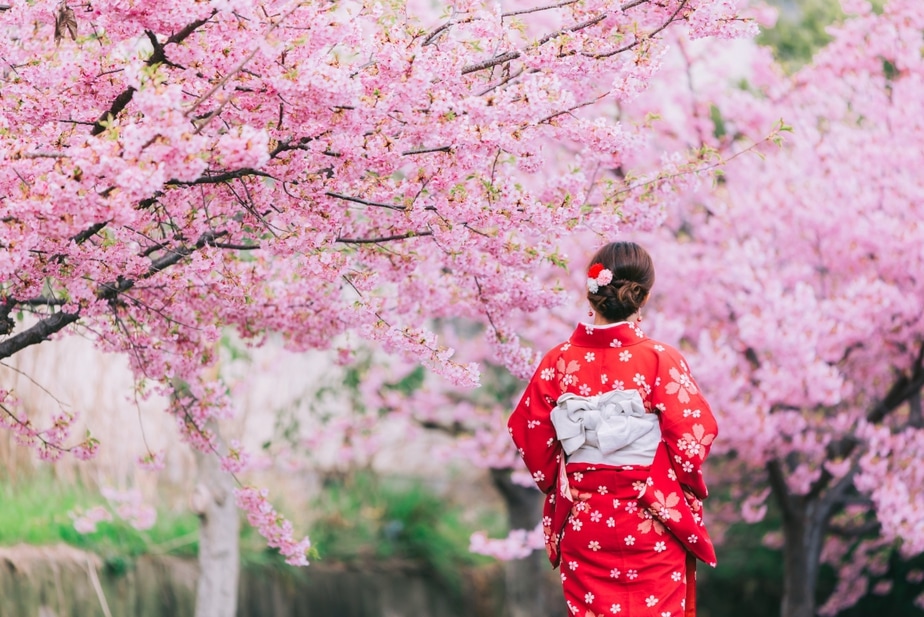Sakura
Wild species of cherry tree are widely distributed mainly in the Northern hemisphere. In the mainstream classification in Europe and North America, cherry trees for ornamental purposes are classified into the genus Prunus which consists of about 400 species. In the mainstream classification in Japan, China, and Russia, on the other hand, ornamental cherry trees are classified into the genus Cerasus, which consists of about 100 species separated from the genus Prunus, and the genus Cerasus does not include Prunus salicina, Prunus persica (Peach), Prunus mume, Prunus grayana, amongst others. In Europe and North America, however, there were not many wild cherry trees with many large flowers suitable for cherry blossom viewing. Many of them were different from the typical cherry tree shapes and flowers for cherry blossom viewing that people today imagine. In mainland China, there has been a culture of viewing plum blossoms since ancient times, and there were many wild species of cherry blossoms, but many of them had small flowers, and the distribution area of wild species of cherry blossoms, which bore large flowers suitable for hanami, was often limited to a small area away from people's living areas. On the other hand, in Japan, Prunus speciosa (Oshima cherry) and Prunus jamasakura (Yamazakura), which bloom large flowers suitable for cherry blossom viewing and tend to become large trees, were distributed in a fairly wide area of the country and close to people's living areas. Therefore, it is considered that the culture of viewing cherry blossoms and the production of cultivars have developed historically in Japan.
Many of the cherry trees currently enjoyed for cherry blossom viewing are not wild species but cultivar. Because cherry trees have a mutable trait, many cultivars have been created for cherry blossom viewing, especially in Japan. Since the Heian period, the Japanese have produced many cultivars by selecting superior or mutant individuals that were born from natural crossings of wild cherry trees, or by crossing them artificially, and then breeding them by grafting and cutting. Oshima cherry, Yamazakura, Prunus pendula f.ascendens (syn, Prunus itosakura, Edo higan), and so on, which grow naturally in Japan, are easy to mutate, and especially Oshima cherry, which is an endemic species in Japan, tend to mutate into double-flowered, grow fast, have many large flowers, and have a strong fragrance; therefore, Oshima cherry has produced many sakura called Sato-zakura Group as a base of cultivars because of its favorable characteristics. The representative cultivars whose parent species is Oshima cherry are Yoshino cherry and Kanzan; Yoshino cherries are actively planted in Asian countries, and Kanzan is actively planted in Western countries.

